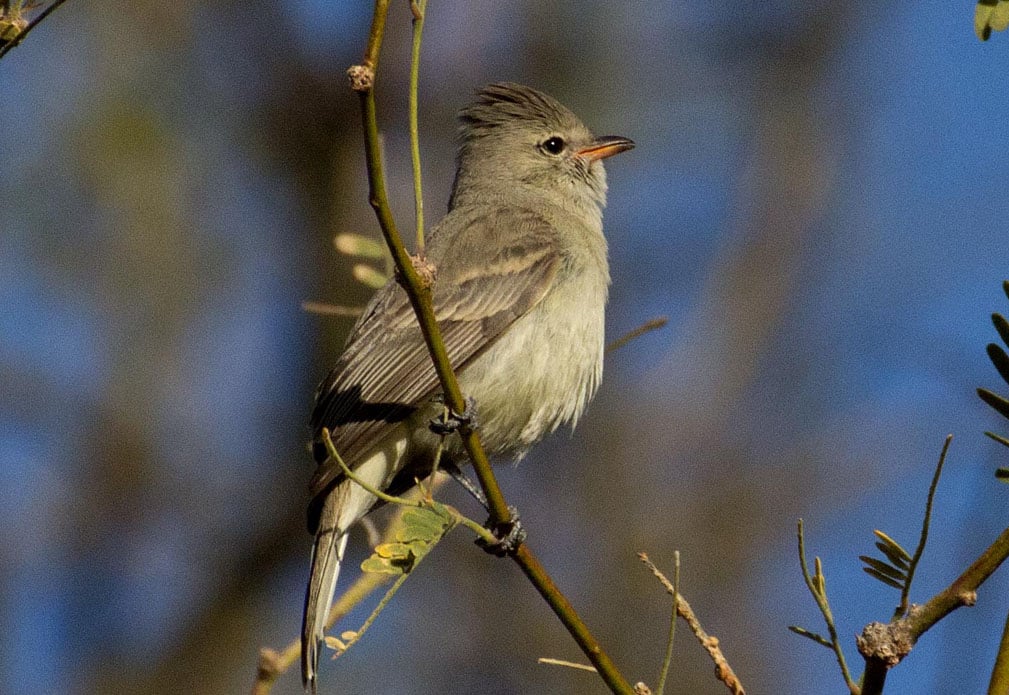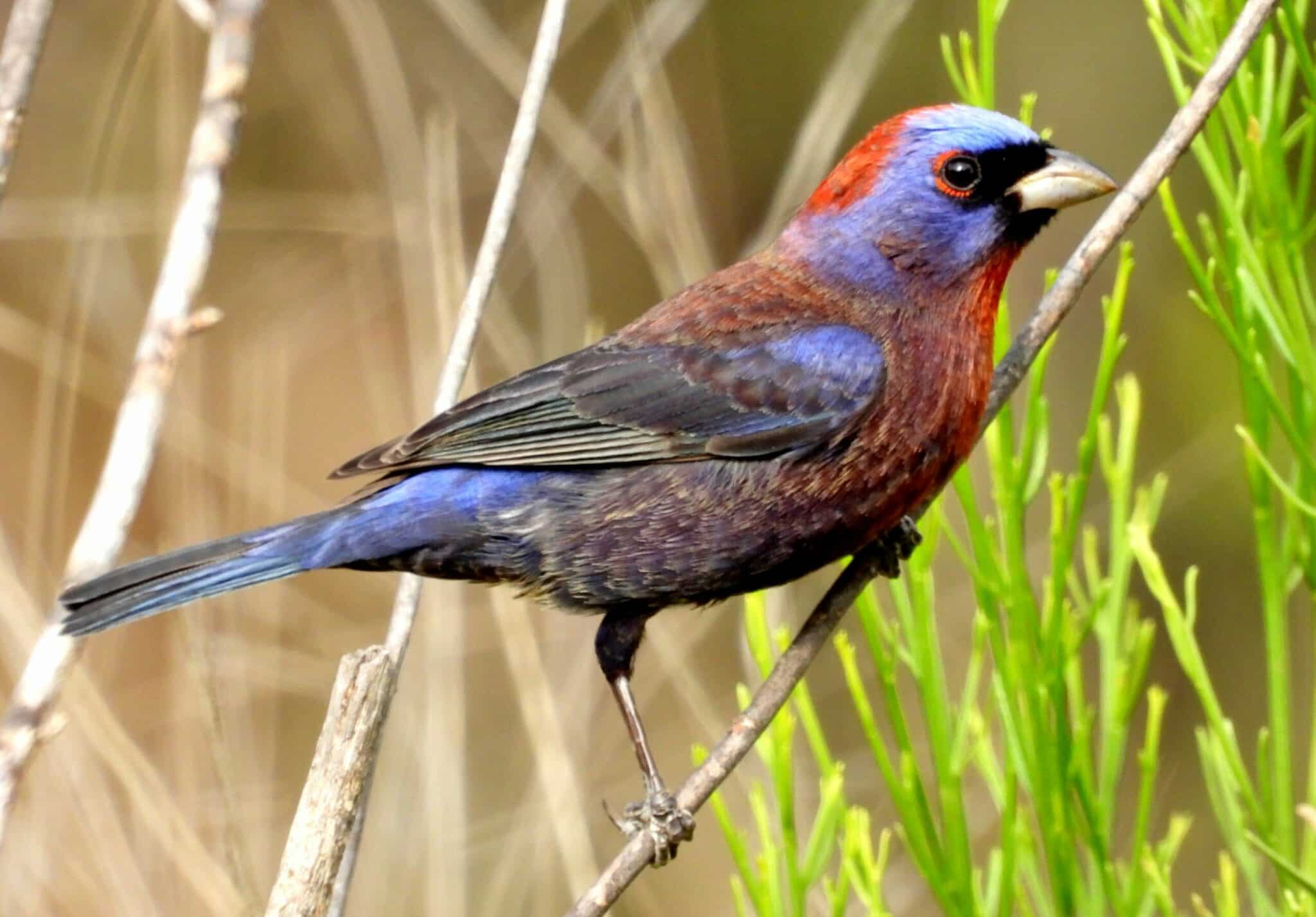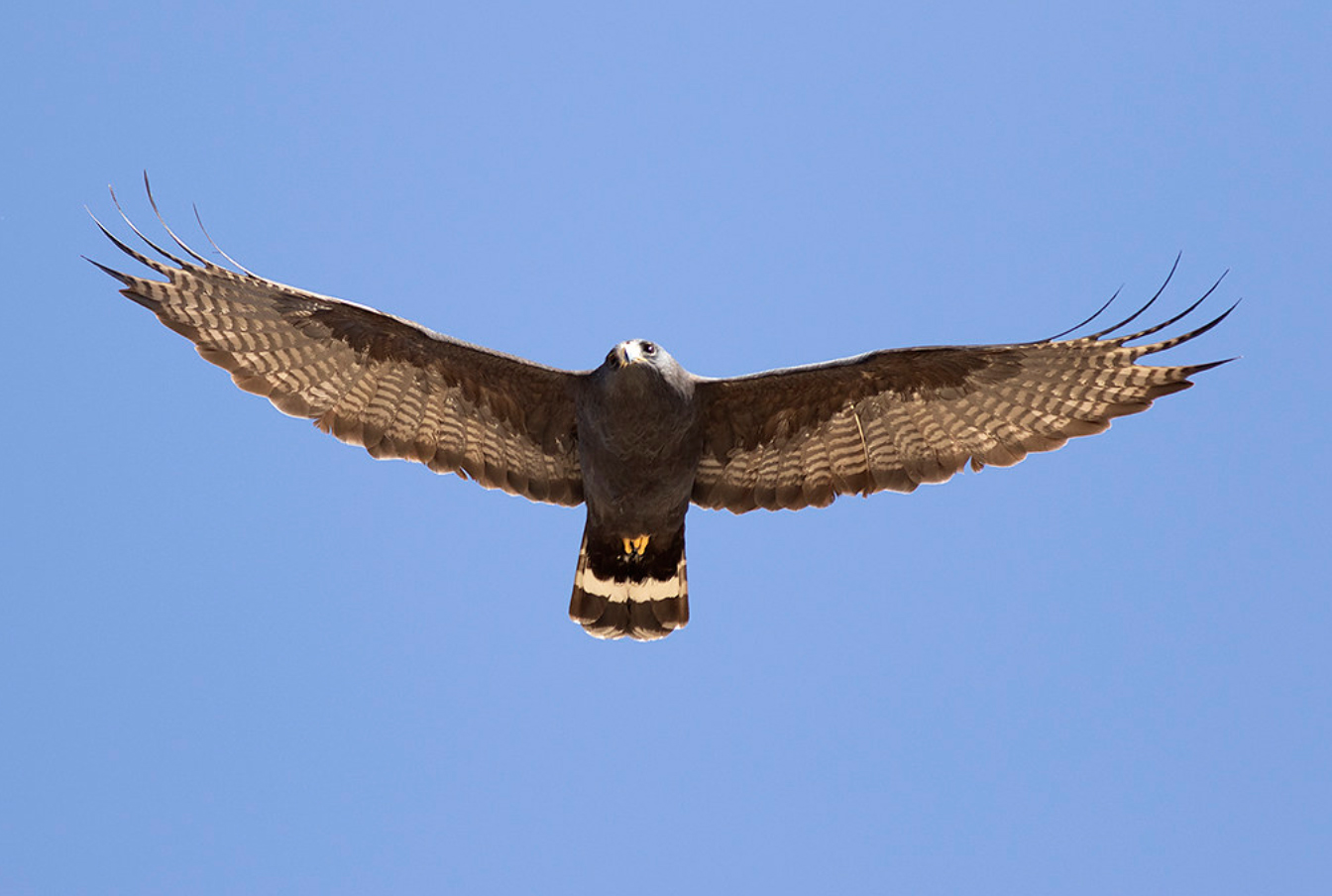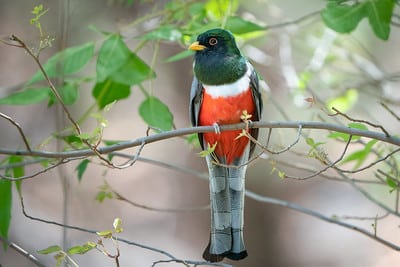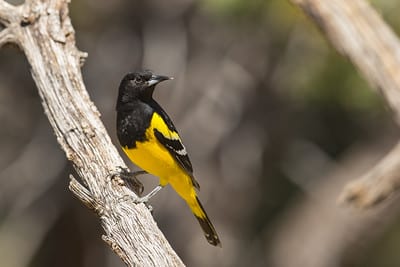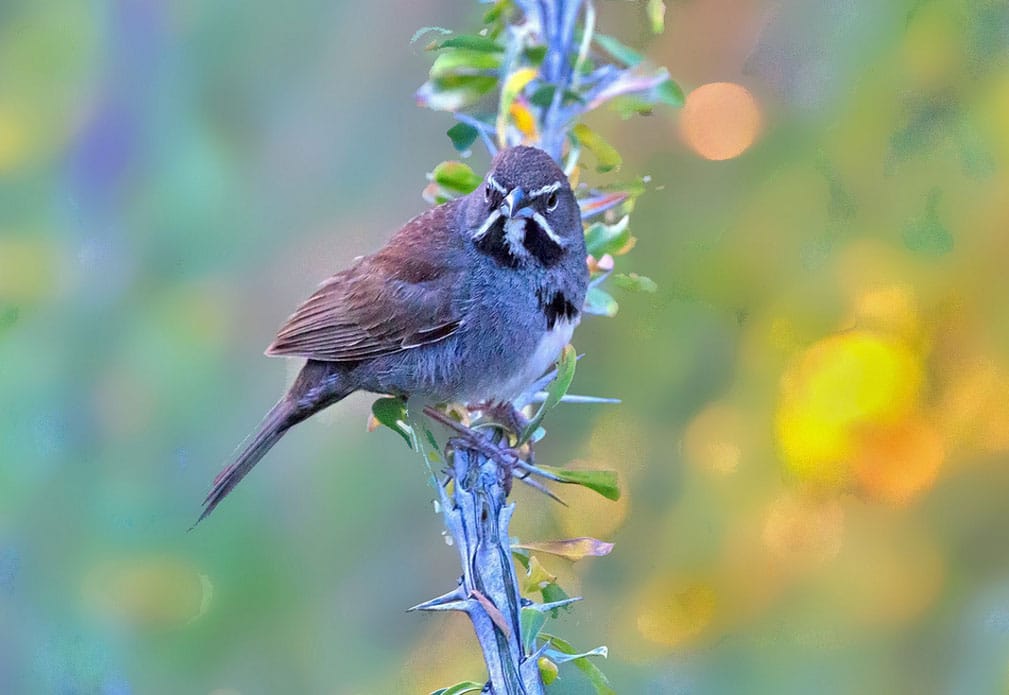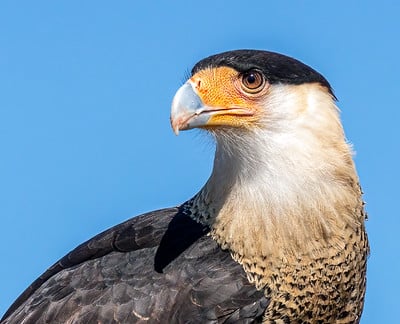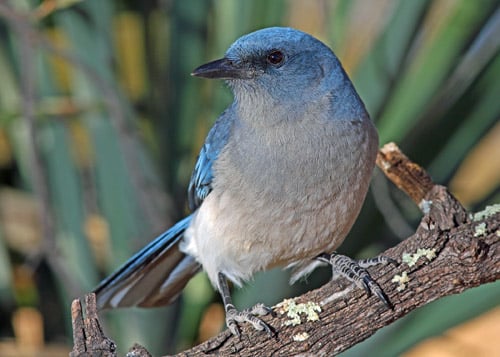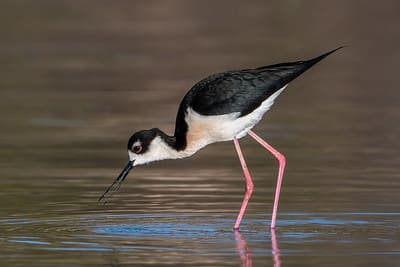Difficulty: Hard (Walking a narrow trail with uneven surfaces and some increase in grade. Drive time to location about 1 hour)
These two canyons are just north of the more famous Madera Canyon and offer fabulous birding in riparian areas flanked by upland desert and grassland. From the Florida Canyon parking lot we’ll keep our eyes open and ears alert for Northern Beardless-Tyrannulet, Black-chinned and Rufous-crowned Sparrows, along with Varied Bunting. Depending on water levels we could work our way up higher along the creek, we’ll look for Gray Hawk, three species of Myiarchus flycatchers, Bell’s and Hutton’s Vireo’s, Hooded Oriole, and perhaps even catching a glimpse of the soaring resident Golden Eagles. Next we will drive through Box Canyon hoping to find a rare Five-striped Sparrow or singing Scott’s Orioles. Limited to 9 participants.
Northern Beardless-Tyrannulet by Doris Evans

